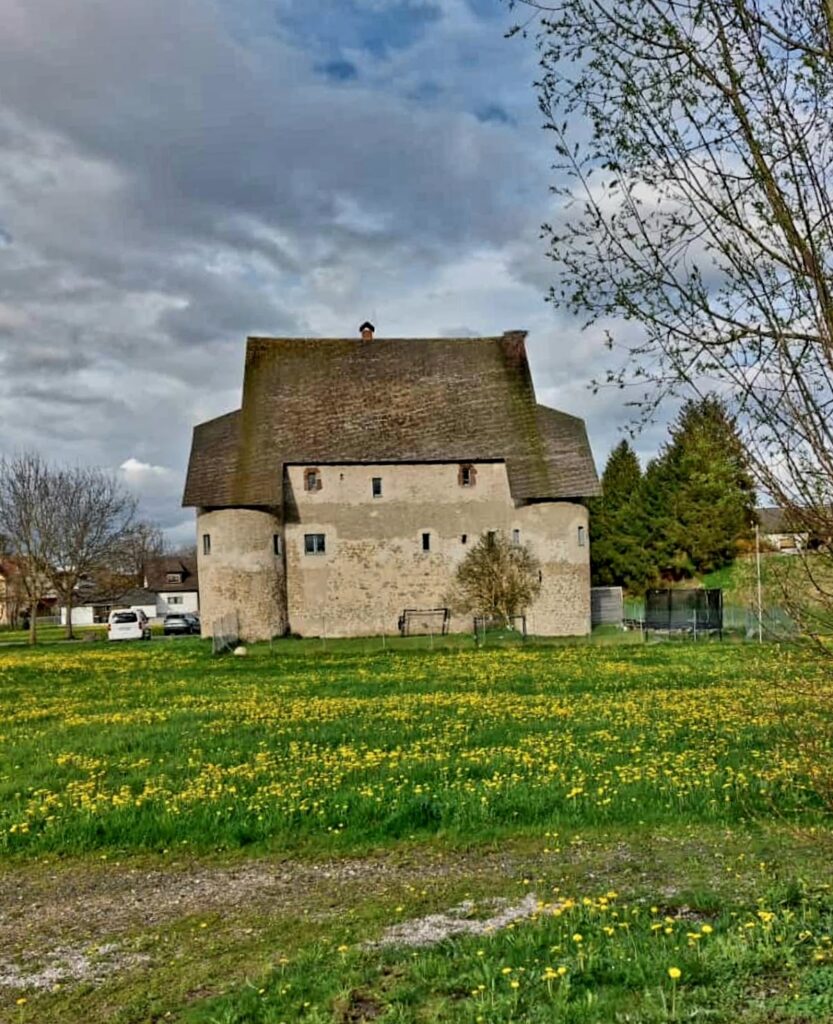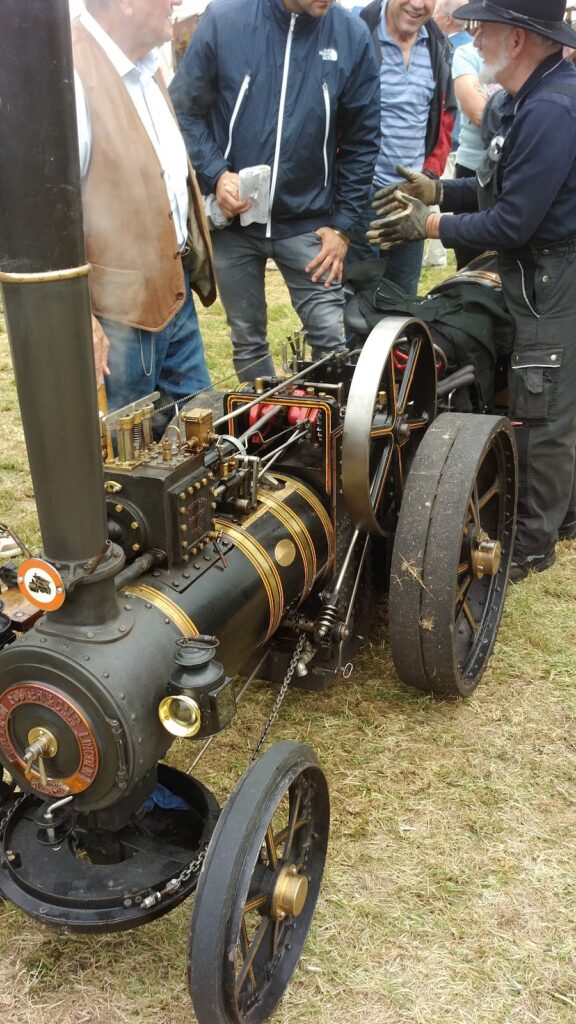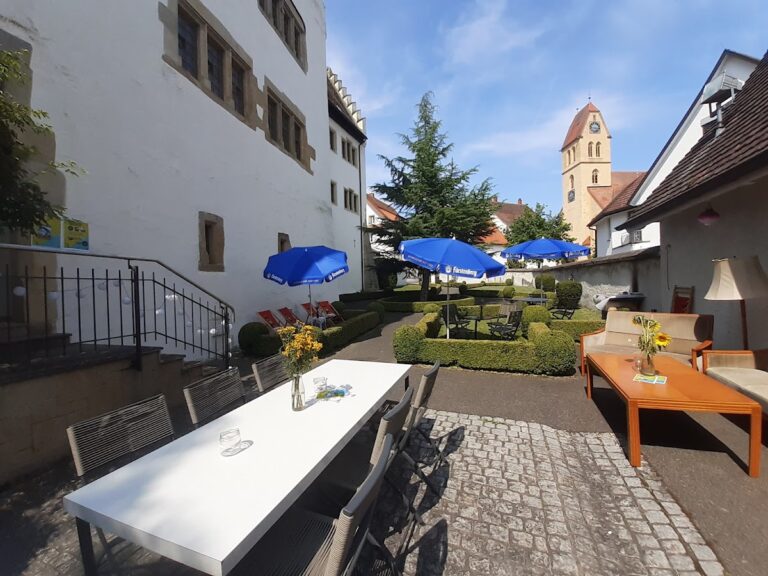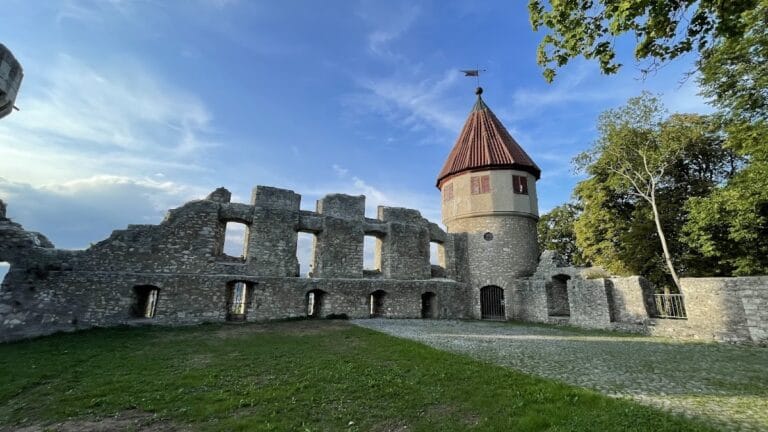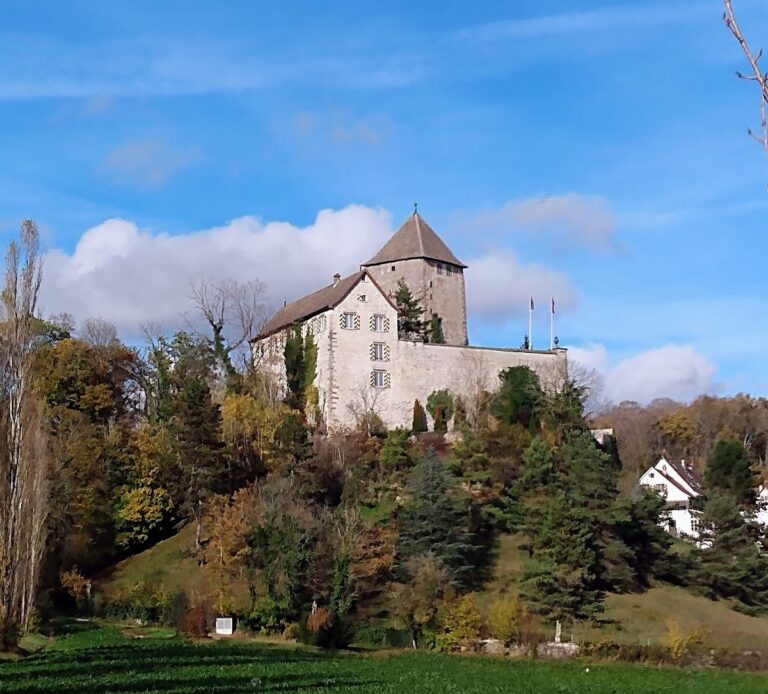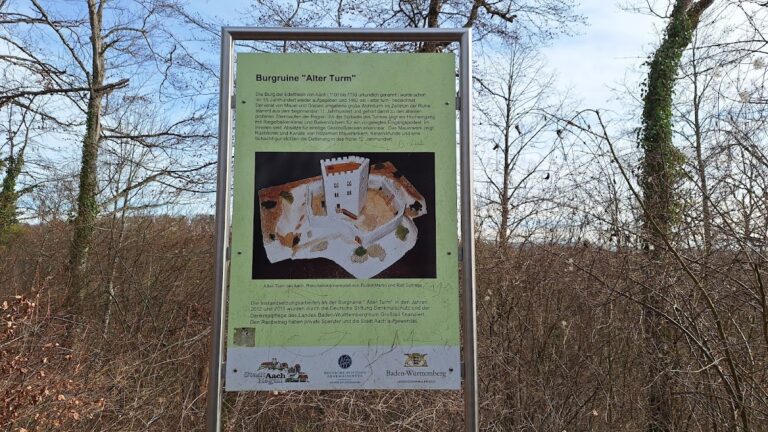Burg Entenburg: A Historic Water Castle in Donaueschingen, Germany
Visitor Information
Google Rating: 4.8
Popularity: Very Low
Google Maps: View on Google Maps
Country: Germany
Civilization: Unclassified
Remains: Military
History
Burg Entenburg is situated in the municipality of Donaueschingen, Germany, and was constructed by the noble Fürstenberg family during the late Middle Ages. The castle was originally known as “hus zu Pforren” and served as a fortified residence near the Danube River.
Its earliest recorded mention dates to 1471, confirming the castle’s existence prior to that time under its original name. Count Heinrich VI of Fürstenberg is credited with building the castle as a water stronghold, utilizing the natural surroundings to bolster its defenses. Over time, the site came to be known as Entenburg, a name reportedly given by Emperor Maximilian I during a three-day visit in 1510. Historical documents reveal that the emperor issued official papers from this location, indicating its significance as a noble residence.
In 1488, the Fürstenberg family expanded their holdings by acquiring the nearby town of Donaueschingen. Following this acquisition, their main residence shifted to the newly favored Schloss Donaueschingen, leading to a reduction in Entenburg’s prominence. By the latter half of the 16th century, specifically around 1567 or 1568, the castle was converted to serve as a tithe barn — a building used for storing taxes paid in kind, often agricultural produce.
The structure underwent significant reconstruction in 1871 to adapt to new uses, marking a lengthy evolution from its original defensive function to a more utilitarian role. In the late 20th century, between 1987 and 1989, careful restoration was carried out under the supervision of heritage authorities, led by Ralf and Anne Röver from Überlingen. This rehabilitation preserved much of the castle’s form while respecting its historical character. The site remains privately owned and was once home to a specialized antiquarian bookshop.
Local lore connects Burg Entenburg to Emperor Charles the Fat, attributing his death during a duck hunt in the adjacent marshlands and suggesting his ghost haunts the vicinity. While this tale is part of the castle’s cultural memory, historical sources place the emperor’s death elsewhere, clarifying that the story belongs to folklore rather than documented fact.
Remains
Burg Entenburg stands as a well-preserved example of a water castle, constructed to take advantage of its proximity to the Danube River and the surrounding landscape. Positioned roughly 686 meters above sea level, the castle’s design follows a nearly square layout, accentuated by four corner towers. Historical depictions emphasize these towers, although there is scholarly debate regarding whether all four were distinct structures or part of a composite design.
Originally, the castle was encircled by a moat, a water-filled defensive ditch typical of such fortifications, though this feature no longer exists today. The current form results from both the 19th-century reconstruction and the late-20th-century restoration efforts, which sought to maintain the castle’s characteristic silhouette and environmental setting.
While detailed information about the building materials or decorative elements is unavailable, the preservation and restoration work have ensured the core structure remains intact. The castle’s presence within the village of Pfohren and its relation to the nearby Danube underscores its strategic selection and historic role as a noble residence controlling local waterways.
Oral traditions and chronicler accounts contribute to the site’s identity, most notably the suggested imperial naming by Maximilian I and the legends involving Emperor Charles the Fat, which add to the castle’s cultural narrative though not to its physical fabric. Overall, Burg Entenburg’s archaeological footprint reflects its history as a noble water castle evolving through various functional adaptations while retaining its distinctive form.
